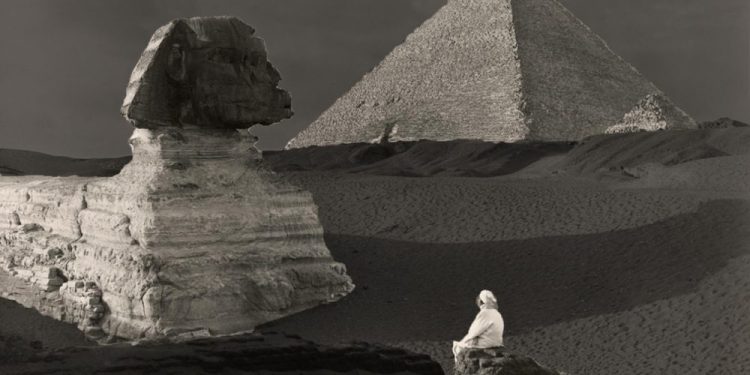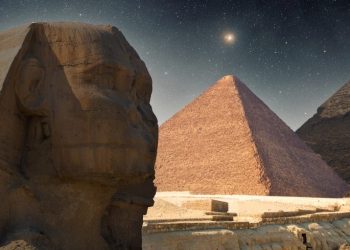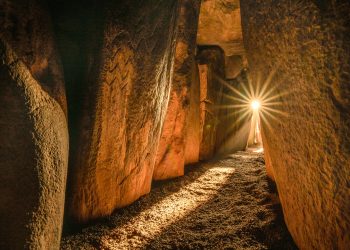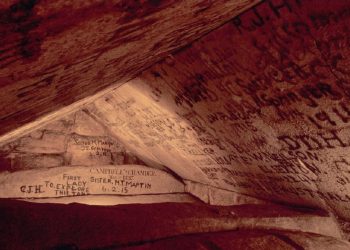The Great Sphinx of Giza is one of the most famous monuments in the world, but how much do we actually know about it? Sure, it’s an iconic symbol of ancient Egypt, but beyond the tourist photos and history books, the Sphinx holds a lot of untold secrets.
Who really built it? Why is its nose missing? Could there be hidden chambers beneath it? For centuries, researchers, archaeologists, and even conspiracy theorists have tried to uncover the truth, but the Sphinx isn’t giving up its mysteries so easily. Here are ten things that might just change the way you see this legendary monument.
1. The Sphinx Was Likely Carved from a Single Block of Limestone
Unlike the pyramids, which were constructed using multiple stone blocks, the Sphinx was hewn from a single massive rock formation. This makes it one of the largest monolithic statues on Earth.
2. It May Be Much Older Than Most Experts Claim
While mainstream archaeology dates the Sphinx to around 2500 BCE, some researchers argue that erosion patterns suggest it could be thousands of years older, potentially dating back to a lost civilization.
3. The Nose Was Deliberately Destroyed
The missing nose of the Sphinx has sparked countless theories. Contrary to popular belief, Napoleon’s troops were not responsible for its destruction. Historical accounts suggest it was deliberately chiseled off much earlier, possibly by iconoclasts who sought to deface pagan symbols.
4. There Could Be Hidden Chambers Beneath It
Geophysical surveys have detected anomalies beneath the Sphinx, hinting at the possibility of hidden chambers or tunnels. Some believe these could contain lost records from ancient Egypt or even an unknown civilization.
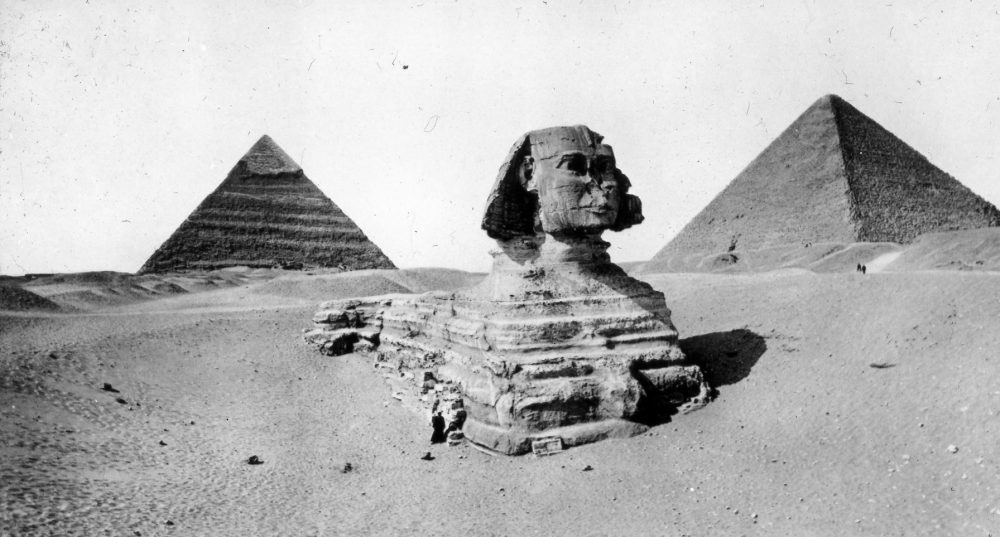
5. The Original Face Might Not Be What You Think
The Sphinx’s current face appears eroded, leading some to speculate that it may have originally looked different or even represented another figure entirely. Some theories suggest it was recarved to resemble Pharaoh Khafre.
6. It Was Once Covered in Paint
Traces of red pigment found on the Sphinx indicate that it was once painted in bright colors. Over time, exposure to the elements stripped away the original hues, leaving behind the weathered stone we see today.
7. Its True Purpose Remains a Mystery
The Sphinx’s role in ancient Egyptian culture is still debated. Some theories suggest it served as a guardian of the pyramids, while others propose a deeper astronomical or religious significance.
8. It Aligns with the Stars
Many researchers believe the Sphinx was built with astronomical precision. Some theories suggest it aligns with key celestial events, such as the rising of the constellation Leo, adding to speculation about its true age.
9. Restoration Efforts Span Thousands of Years
Evidence shows that the Sphinx has undergone repairs since ancient times. Pharaohs, including Thutmose IV, attempted restorations, and efforts continue today to prevent further erosion.
10. There’s No Definitive Answer to Who Built It
While many credit Pharaoh Khafre with commissioning the Sphinx, no inscriptions confirm this. The absence of definitive records leaves room for speculation about its true origins.



